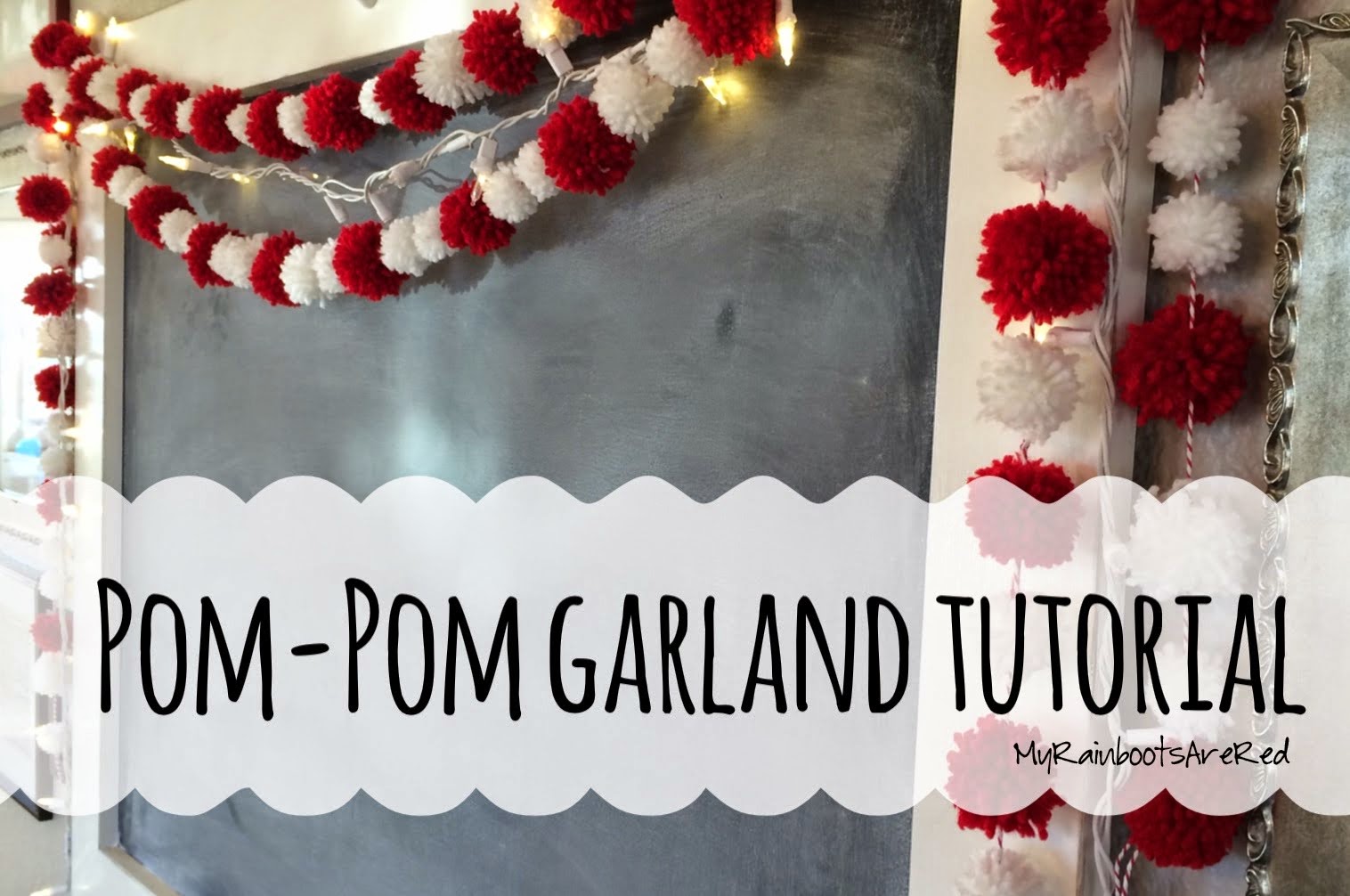 It's painful to do, but needs to be done.
It's painful to do, but needs to be done.With a new year, it's time to streamline. And that includes streamlining my "name", too
On Instagram, Etsy (quilts and patterns), and Big Cartel (headbands) my name gradually shifted to
"Red Rainboots Hamdade". So this blog was the last thing to get the old switch-a-roo.
All these old posts, tutorials and pictures will remain on this blog.
The kinks aren't completely ironed out yet, but from here on out you can find me over at my new blog:
www.RedRainbootsHandmade.blogspot.com


































